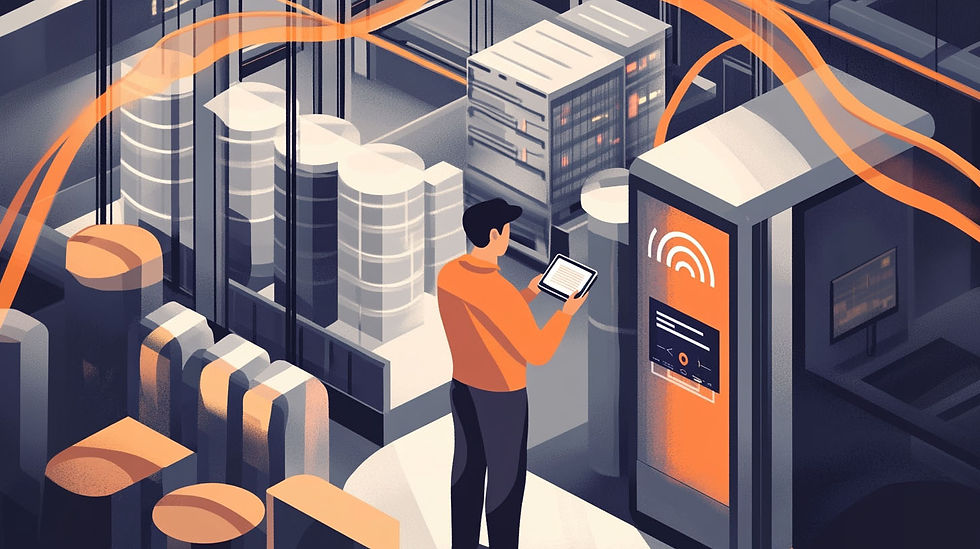The Importance of Mobile-Native Design for Your Frontline Workers
- PinPoint
- Mar 19, 2024
- 2 min read

Mobile-Native Design Importance
For frontline workers, who are the backbone of industries such as manufacturing, the importance of selecting the right digital tools cannot be overstated. Enter the concept of mobile-native design—a framework built from the ground up to exploit the capabilities and features of modern smartphones and tablets. This article delves into the importance of mobile-native design— why mobile-native design is not just a preference but a necessity for empowering your frontline workforce.
Understanding Mobile-Native Design
Mobile-native apps are designed specifically for the mobile platform, taking full advantage of the device's hardware and features such as GPS, cameras, and push notifications. This contrasts sharply with mobile-responsive websites or apps, which are essentially scaled-down versions of web applications not originally intended for mobile use. The distinction matters greatly for frontline workers who rely on swift, reliable access to work-related information and tools in a variety of settings.
The Superior User Experience of Mobile-Native Apps
Frontline workers often work in dynamic, challenging environments. Mobile-native apps offer intuitive, user-friendly interfaces tailored for touchscreens, enhancing usability under any condition. This user-centric design ensures that employees can navigate the app effortlessly, leading to higher adoption rates and overall satisfaction. Tasks that once required navigating through cumbersome menus on a web app can now be accomplished with a few taps on a smartphone.
Enhanced Accessibility and Engagement
Accessibility is where mobile-native design truly shines. Unlike their web-based counterparts, mobile-native apps provide a seamless experience, ensuring that critical work resources are always within reach. This constant accessibility translates into heightened engagement, as workers are more likely to use tools that are readily available and reliable.
Streamlining Training and Onboarding
Training and onboarding are crucial for maintaining operational standards and ensuring safety. Mobile-native apps utilize microlearning and augmented reality (AR) to deliver engaging, effective training directly to the employee's device. This method not only makes complex information more digestible but also allows for interactive learning experiences that traditional web-based applications cannot match.
Operational Efficiency Gains
Mobile-native apps are designed to optimize workflows and task management. Push notifications and location-based services help ensure that tasks are completed timely and accurately. In contrast to non-mobile-native solutions, which may not fully leverage the device's capabilities, apps like PinPoint Workforce ensure that every feature is purpose-built to enhance efficiency, from streamlined form creation to real-time data capture.
Bolstering Safety and Compliance
Mobile-native design supports real-time incident reporting and compliance tracking. The immediacy and ease of reporting through a mobile-native apps can significantly enhance a company’s ability to maintain high safety standards and respond swiftly to any incidents.
The Future is Mobile-Native
Workplace technology is moving towards mobile-native design. The integration of AI, IoT, and other emerging technologies within mobile-native platforms promises to further enhance the capabilities of connected worker platforms.
Conclusion
In comparing mobile-native designs like PinPoint Workforce to non-mobile-native alternatives, the advantages in user experience, accessibility, operational efficiency, and safety are clear. As you seek to modernize your operations and support your frontline workers, the choice of technology will be crucial. Mobile-native solutions offer a forward-looking, efficient, and safe approach to managing the complexities of today’s work environments.



Comments